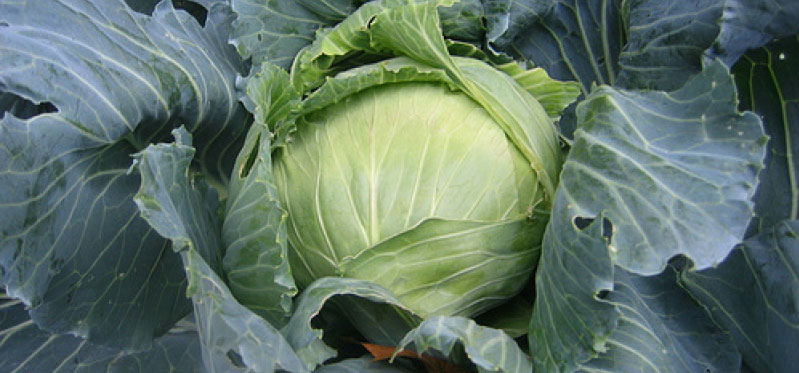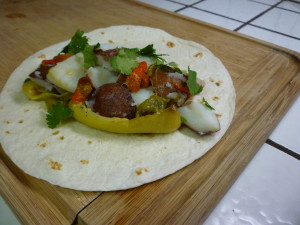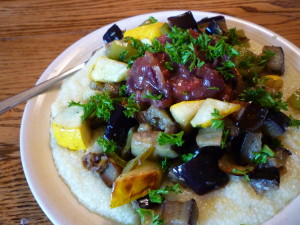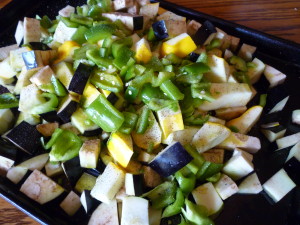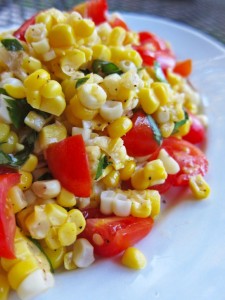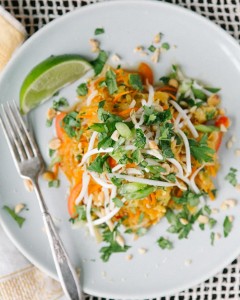 — Guest Post from Tarney Sheldon, Live Power Farm CSA member —
— Guest Post from Tarney Sheldon, Live Power Farm CSA member —
I wasn’t quite sure what to do with my spaghetti squash last week. I’ve tried the marinara sauce route… I’ve tried the butter and brown sugar route… I’m ready to try something new! So, here’s what I found, a recipe for Pad Thai using spaghetti squash for the “noodles.”
Thanks to “A Couple of Cooks” recipe blog for this inspiring recipe:
- 1 large spaghetti squash
- 1 bunch green onions
- ½ cup chopped fresh cilantro
- 3 carrots
- ½ red pepper
- 4 cloves garlic
- 2 whole eggs,
- 1 and ½ cup bean sprouts, divided
- 2 tablespoons peanut oil
- 3 tablespoons sweet chili sauce
- 3 tablespoons soy sauce
- 1 lime
- Sriracha (optional)
- ½ cup roasted salted peanuts, chopped
- Preheat to 400°F. Using a large, sharp knife, cut the spaghetti squash in half. Scrape out the seeds and guts using a spoon, and sprinkle the cut sides with olive oil. Season with kosher salt and freshly ground black pepper. Place the squash cut side down on a baking sheet and roast until tender and easily pierced with a knife, about 45 minutes. When the squash is done, use a fork to scrape out the flesh of each half into “noodles”. Place the noodles in a colander or sieve and drain for 10 minutes to remove the extra moisture.
- Meanwhile, prepare the vegetables: peel and shred three carrots. Thinly slice one half red pepper. Mince 4 cloves garlic. Thinly slice 4 green onions. In a small bowl, beat together two eggs. Separately, thinly slice 1 green onion and chop about ½ cup of fresh cilantro.
- In another small bowl, mix together the sauce: mix 3 tablespoons sweet chili sauce, 3 tablespoons soy sauce, juice of ½ lime, and if desired, a few squirts of sriracha.
- When the squash is ready, in a large skillet heat 2 tablespoons peanut oil over medium high heat. Add the garlic and scallions cook until fragrant, about 45 seconds. Pour in the eggs and scramble until almost cooked. Add the red pepper, carrots, 1 cup bean sprouts, and squash noodles. Add 3 pinches kosher salt and toss together. Add the sauce and stir to combine. Cook about 2 minutes, until the vegetables are heated through but still crisp.
- Garnish with plenty of crushed peanuts, fresh bean sprouts, and chopped cilantro and green onion.


